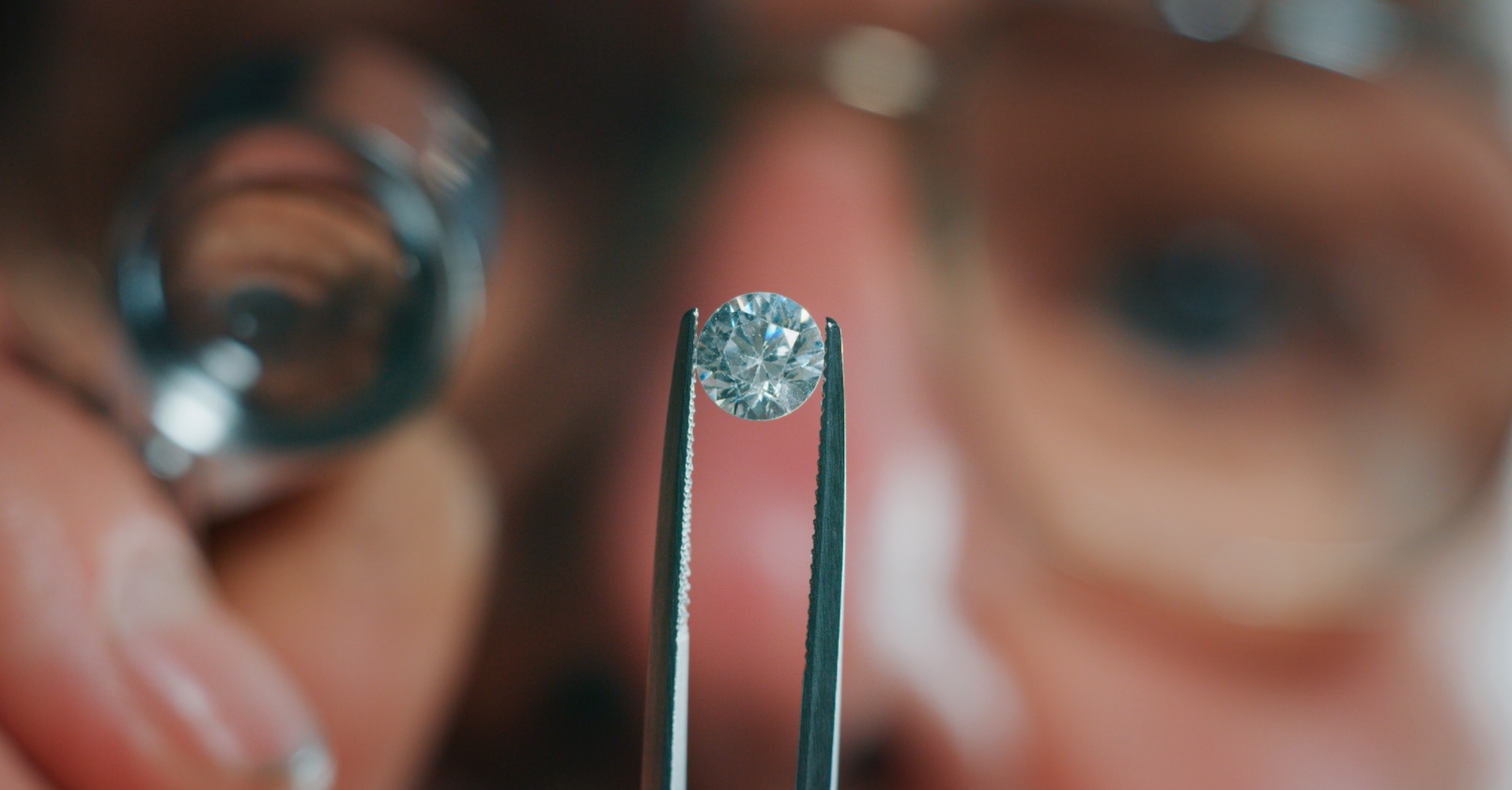Diamonds have long held a place of prestige and symbolism in many cultures. Traditionally, natural diamonds, formed under extreme pressure and heat within the Earth over millions of years, were the only option. However, the rise of cultures and lab grown diamonds is sparking a conversation about how cultural values surrounding diamonds are evolving.
Table of Contents
Tradition and Authenticity
For some cultures, diamonds represent a long-standing tradition. In engagement rituals, they symbolize commitment and enduring love. Natural diamonds, formed over vast stretches of time, can be seen as embodying these same qualities. The rarity and difficulty of acquiring a natural diamond adds to its perceived value and significance in certain cultural contexts.
Sustainability and Ethics
However, the environmental and ethical concerns surrounding mined diamonds are gaining traction. Diamond mining can be associated with land degradation, water pollution, and human rights abuses. Lab-grown diamonds offer a more sustainable alternative, created in controlled environments with significantly less impact. This resonates with cultures that are placing a greater emphasis on environmental consciousness and ethical sourcing.
Accessibility and Transparency
Lab-grown diamonds are also generally more affordable than mined diamonds of comparable quality. This opens diamond ownership to a wider range of people, potentially democratizing a symbol once associated with wealth and exclusivity. Additionally, the known origin of lab-grown diamonds fosters a sense of transparency, which is valued in cultures where trust and ethical practices are paramount.
The Future of Diamonds
The cultural significance of diamonds is likely to continue to evolve alongside the technology of lab-grown stones. As lab-grown diamonds become more widely accepted lab created diamonds, they may be incorporated into traditional ceremonies and rituals, while still carrying the values of sustainability and ethical sourcing. Cultures may even develop new meanings and associations specific to lab-grown diamonds.
In Conclusion
Lab-grown diamonds represent a shift in how we view and value diamonds. They challenge traditional notions of rarity and exclusivity, while offering a more sustainable and ethical alternative. As cultures grapple with these changes, the diamond may retain its symbolic power, but take on new meanings that reflect the values of the times.






